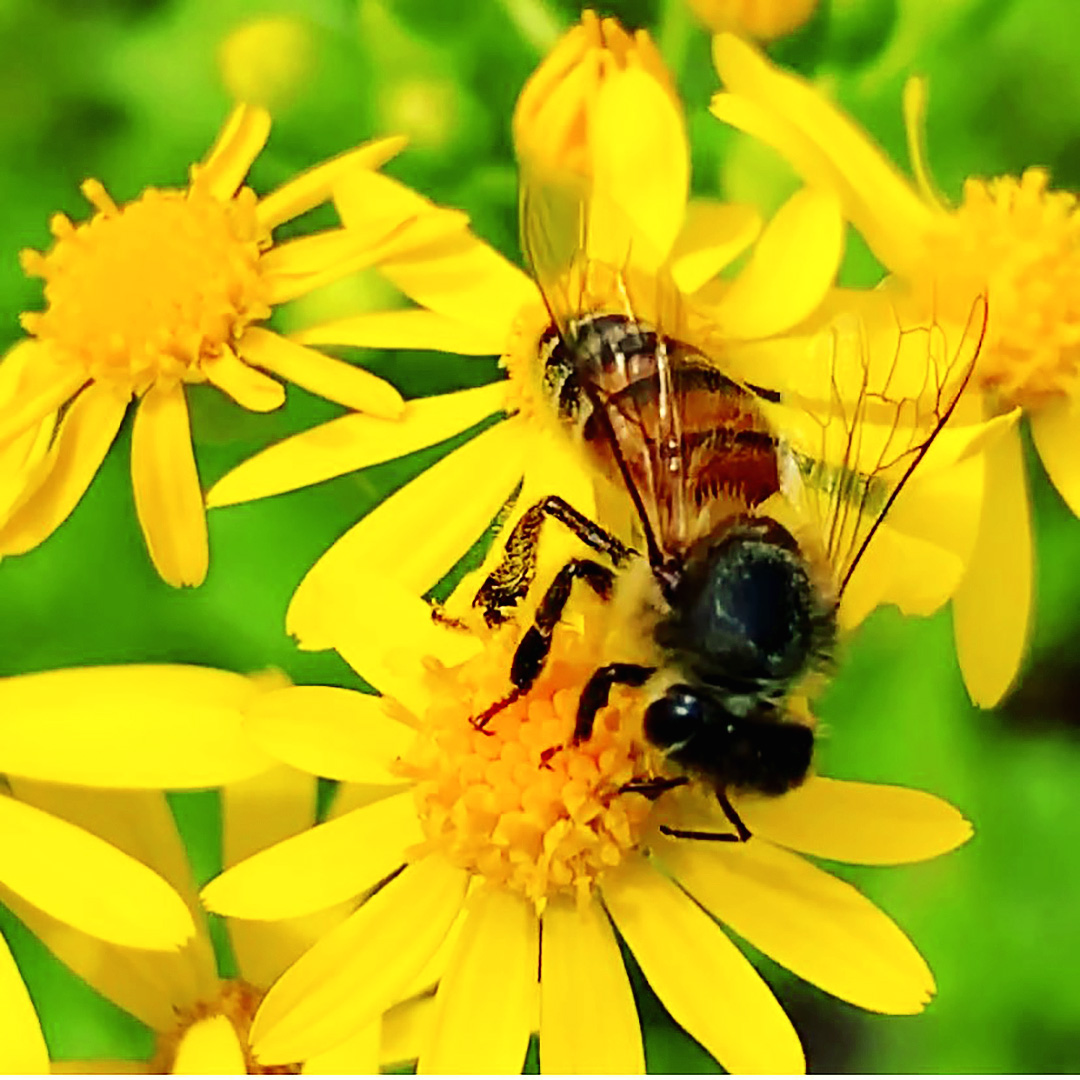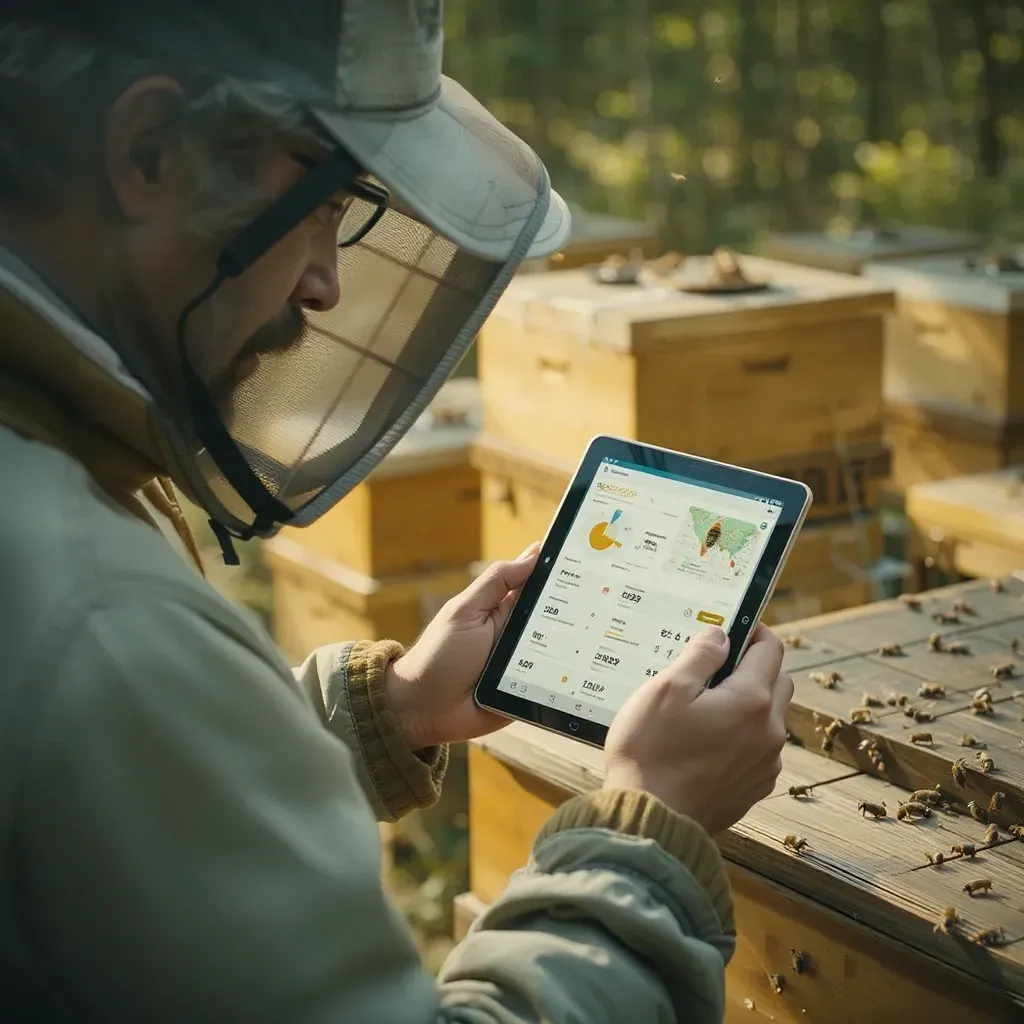WHEN TO FEED HONEYBEES
Hobby farmers are usually aware of the importance of keeping a watchful eye on the welfare of their farm animals. However, when it comes to keeping bees in captivity, the issue of “what if they escape?” tends to dominate one’s thoughts. In fact, it’s not uncommon for hobby farmers to lose up to half of their bees in the wild. Fortunately, with the help of the internet, there are plenty of resources for those interested in keeping a colony on their own.
In order to keep your colonies healthy, you must pay attention to how they are fed. We can do better than that. We can make sure that our bees have adequate nutrition at the proper times is one way to improve the odds.

When to Feed
The nectar and pollen that bees gather provide not only the carbohydrates and proteins a colony needs to thrive but also the minerals and vitamins. Artificial sources of food can be detrimental to colonies. In general, honeybees benefit from feeding in three circumstances.

Newly installed packages benefit from feeding until they can draw out a comb and begin filling it with nectar and pollen. This can take a few days to a few weeks. In addition, we should feed when there are no stored resources in the hive, or when there is nectar that is not available for the bees to bring into the hive. Feeding during early spring (before plentiful floral sources are available) stimulates brood production and helps a colony start building up its population in preparation for the spring nectar flow.
Because bees continue to make honey as long as the flow is constant and the storage space is available, it means more honey for the beekeeper.
Goldenrod, aster, and other late-year flowers provide the honey that must keep the colony of honey bees alive through the cold months. The hives should be cleaned out and the bees fed if there is a surplus of honey stored in the hives.
In some parts of the country, summer is short and winter is long and harsh. During periods of cold and drought, hives may need extra food in the form of honey. Hives that live in such regions can have to be carefully managed to ensure they can sustain the loss of honey as well as any losses caused by beekeepers themselves.
The important thing is to know when the bees are starting to leave the hives in the spring. If there are not enough food stores to feed the bees, and the temperature does not reach 50 degrees Fahrenheit, it is time to feed them in the fall.

